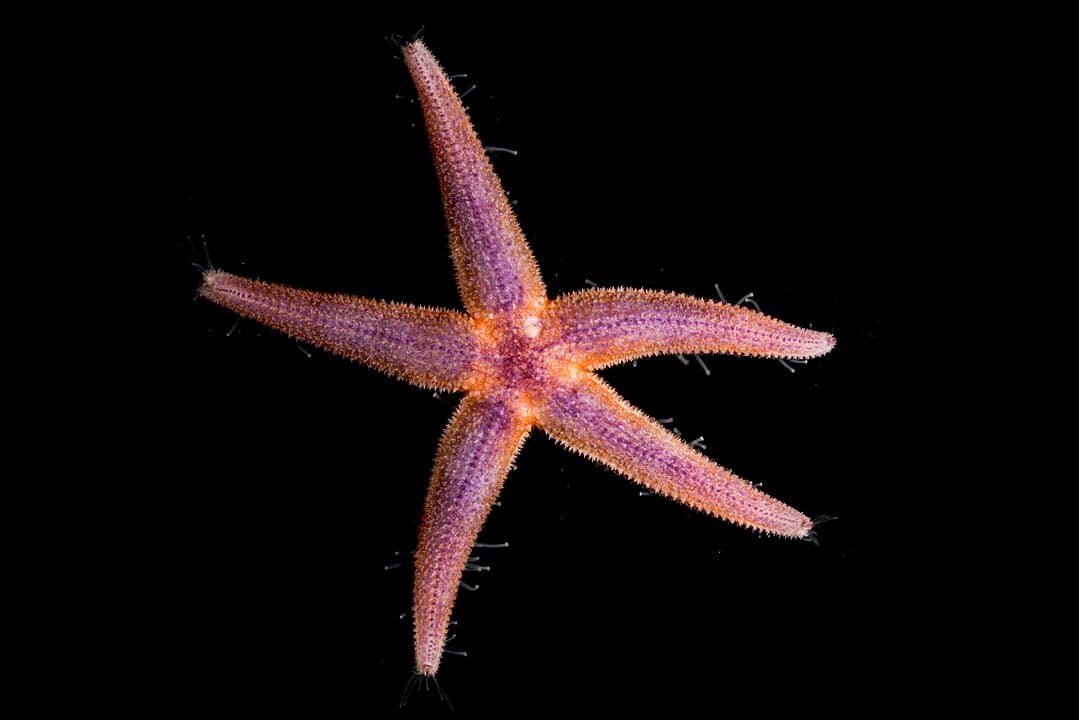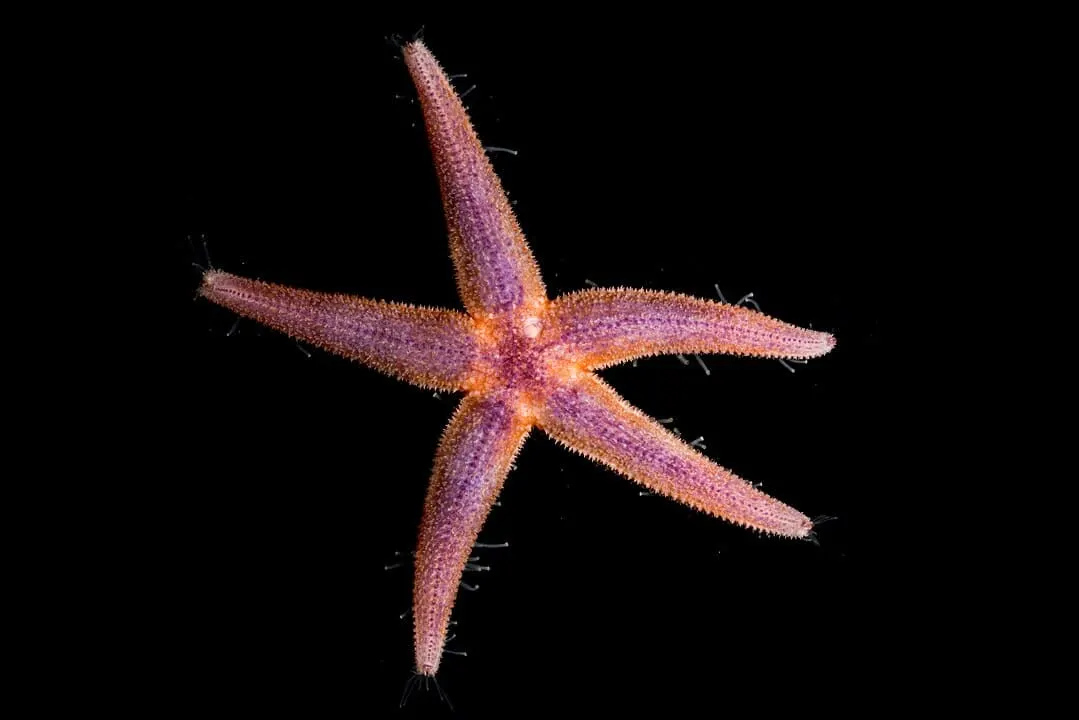Starfish, or sea stars, have long captivated scientists and divers with their unique appearance and mysterious nature. Recent studies have unveiled astonishing facts about these creatures, challenging our traditional understanding of their anatomy and evolution.

A Head Without a Body
Contrary to previous beliefs, starfish are essentially all head and no trunk. This groundbreaking revelation comes from a study published in Nature, which analyzed the gene expression in starfish. Researchers from Stanford University, including biologists Laurent Formery and Chris Lowe, conducted a molecular study on a species of sea star, Patiria miniata. They found that starfish do not express the genes typically involved in the development of an animal’s trunk in their ectoderm. Instead, their entire body plan is roughly equivalent to the head in other groups of animals.
This finding is significant as it contradicts the textbook descriptions of echinoderms, the group to which starfish belong. Previously, it was believed that echinoderms had lost their head during evolution. However, the study suggests they are almost entirely head, having lost their trunk instead.
Unique Symmetry
Starfish exhibit a fivefold radial symmetry, unlike the bilateral symmetry seen in most animals. This symmetry means they can be divided into five identical segments radiating from a central point. This unique body plan has made it challenging for scientists to understand how the different parts of echinoderms relate to those in other animal groups.
The evolution of echinoderms, based on their shape, has been a puzzle for scientists. The new research provides insights into how these creatures evolved and how they fit into the deuterostome superphylum, a large group of animals that includes both vertebrates and echinoderms.
Fascinating Facts About Starfish
- Not Fish: Starfish are marine invertebrates, lacking the fish-like characteristics of fins, gills, and scales.
- Unique Feeding Method: They feed by extending their stomach out of their mouth to digest food externally.
- Protective Shield: A calcium carbonate layer with small spikes covers their bodies, offering protection.
- Pain Perception: Despite lacking a brain or heart, starfish can feel pain due to their advanced nervous system.
- Regenerative Ability: They possess the remarkable ability to regenerate completely from a single arm segment.
- Reproduction: Starfish can reproduce both sexually and asexually.
- Eyes: They have eyes at the ends of their arms, capable of distinguishing light and dark.
- Edibility: In some cultures, starfish are considered edible.
- Square Starfish: Rare genetic abnormalities can result in square-shaped starfish.
- Survival Out of Water: Some species can survive up to 28 hours outside of water.
Conclusion
The recent discoveries about starfish have not only enhanced our understanding of these fascinating creatures but also opened new avenues for research in evolutionary biology. Starfish, with their unique body plan and remarkable abilities, continue to intrigue and inspire both scientists and nature enthusiasts alike.
You might also enjoy:
Animals That Reproduce Asexually
Rare Puffer Fish Sighting Near Australia
The Fish that can Survive without Water for up to a Year – The West African Lungfish
Join our Forum for free today!

- The Bond Between a Wild Baby Bison and Her Rescuer - July 20, 2024
- An Excited Husky’s First Ever Time in Snow - July 20, 2024
- Top 20 Colorful Species To Brighten Your Day - July 14, 2024


